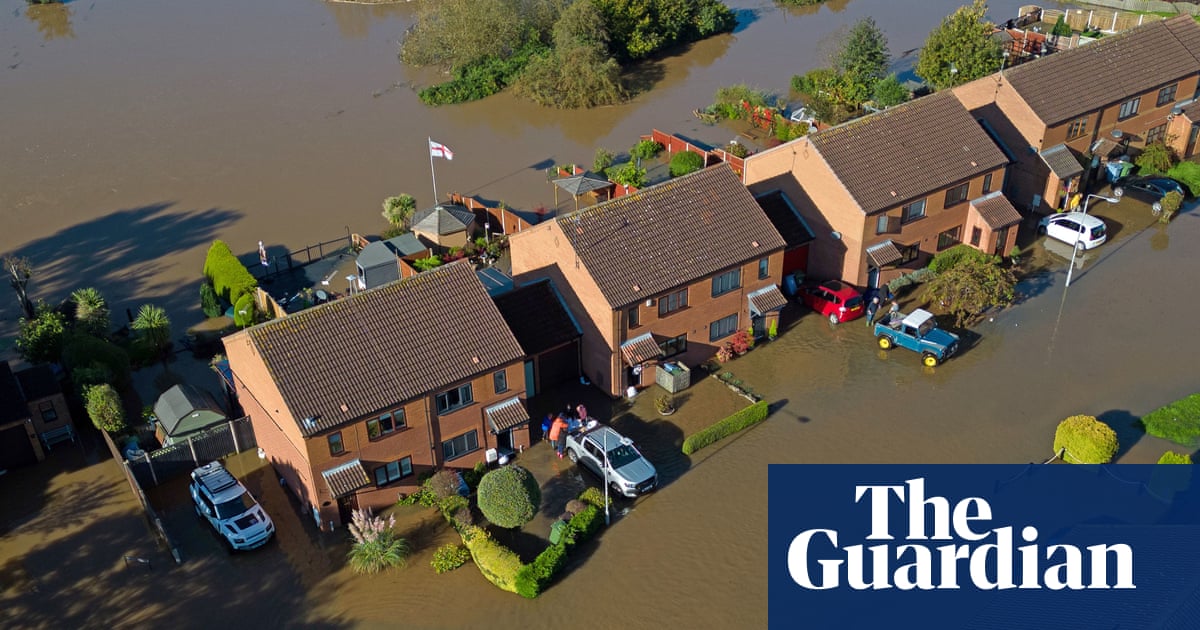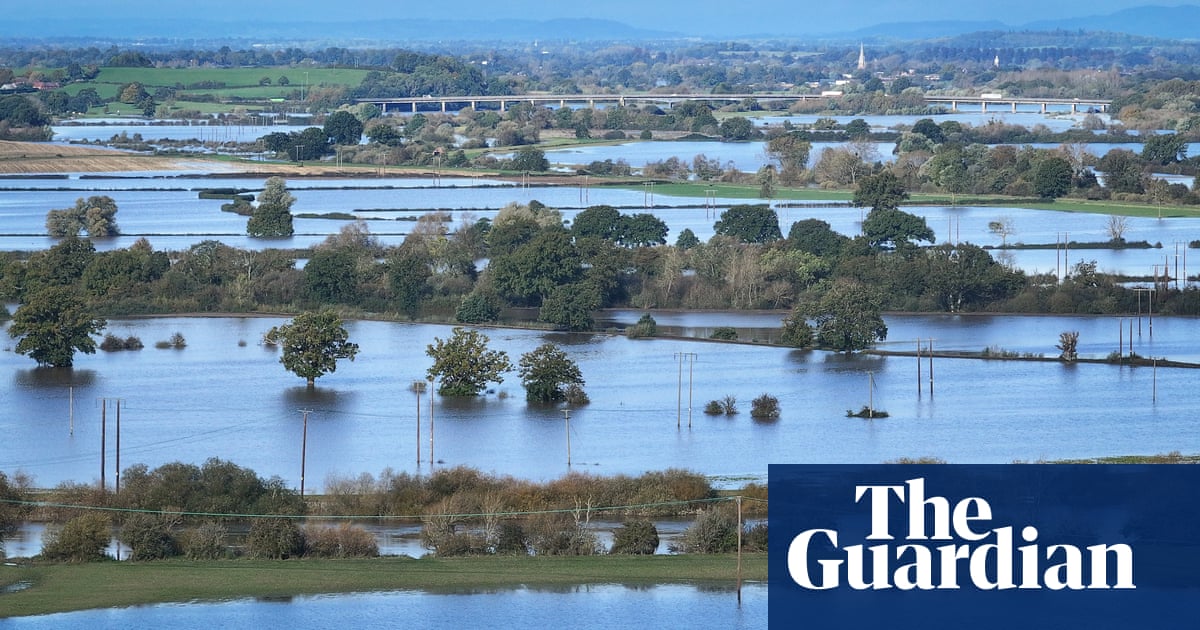
Ministers have been told they will be “punished” by voters after analysis revealed the decline of vital flood defences across England.
The proportion of critical assets in disrepair has almost trebled in the West Midlands and the east of England since 2018, leaving thousands of homes and businesses more vulnerable to storms.
Critical assets are defined as those where there is a high risk to life and property if they fail.
The east of England, which spans the Conservative heartlands from Suffolk to Bedfordshire and Essex, has one of the highest proportion of rundown flood defences in England, with nearly one in 11 – more than 850 assets – considered “poor” or “very poor” by Environment Agency inspectors.
Steve Reed, the shadow environment secretary, said: “The Conservatives’ sticking-plaster approach to flooding has left communities devastated and cost the economy billions of pounds.”
Using Environment Agency data obtained by Greenpeace’s investigative arm, Unearthed, the Guardian tracked the state of England’s vital flood defences from 2018 to 2022.
The analysis revealed a sharp rise in the proportion of critical assets in disrepair across many parts of the country.
In the east Midlands, which was deluged by Storm Babet in October, the proportion of flood defences in the worst conditions has almost doubled in the last five years.
Together with the east of England, the north-west has the highest rate of flood defences so damaged they are almost useless, with one in 11 defences considered in disrepair in 2022 – more than 815 – up from one in 16 in 2018.
In the West Midlands, the rate of ruined assets has risen from one in 44 in 2018 to one in 14 last year.
The number of damaged flood defences has increased across all regions in the last five years. However, the analysis examined the proportion of flood defences in disrepair rather than the number because thousands more assets have been built since 2018.
Experts said the picture of disrepair was likely to worsen after higher costs and budget shortfalls forced the Environment Agency to axe a quarter of its new flood defence projects.
Georgia Whitaker, Greenpeace UK’s climate campaigner, said the analysis painted a “grim and desperate picture”.
She said there was “absolutely no excuse for this lack of preparation” from the government, and added: “If politicians fail to commit to crucial climate action, they risk being punished at the ballot box.”
In total, 4,204 of England’s most important flood defences were in a poor or very poor condition in 2022. This accounts for about one in 15 of the total, up from the one in 25 registered four years ago.
Of these, 856 were judged very poor, meaning they had “severe defects resulting in complete performance failure”, essentially rendering them useless.
The remaining 3,348 were in poor condition, meaning they have defects that would “significantly reduce” their performance.
The government’s environment department (Defra) claimed that more than 61,500 flood defences met the required condition and that 2,400 did not, but the Guardian has not been able to verify this data.
A spokesperson said mitigation measures, such as increased inspections, would be put in place when assets were not found to be in the right standard.
Defra said: “Flooding can be devastating to communities – which is why we are investing a record £5.2bn between 2021 and 2027 to better protect hundreds of thousands of properties, including over £200m a year for maintaining of flood defences.”
The Environment Agency has slashed the number of homes it expects to protect from flooding over the next five years as higher costs have forced it to scale back projects.
A National Audit Office report last month said the agency had pledged to protect 336,000 properties from the risk of flooding by 2027 – but that this had been cut to 200,000 – a reduction of 40%.
The Environment Agency also removed 500 of the 2,000 new flood defence projects originally included in its six-year flood and coastal erosion programme.












